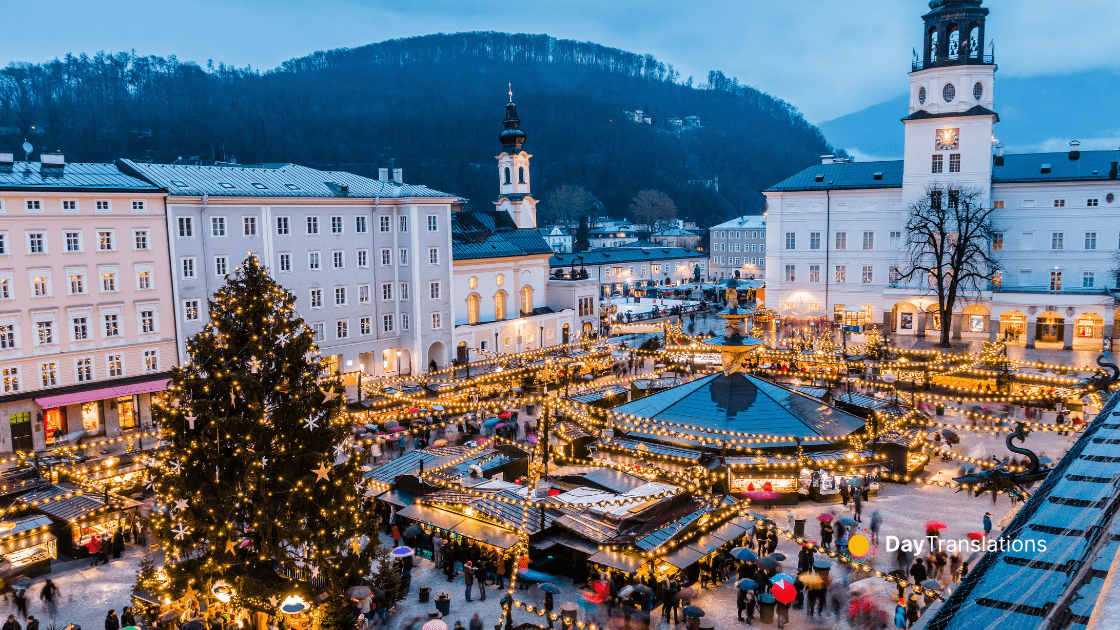Geography of Argentina: Important Geographical Information about Argentina
In this Country Profile
The vast Argentine territory encompasses a diverse assortment of natural environments, where ice fields contrast with arid zones; mountains with valleys or plateaus; fluvial streams and lakes with large oceans. Argentina may be divided into six geographical regions regarding climate and terrain.
Argentine Northwest: Jujuy, Salta, Tucumán, Catamarca, La Rioja
The provinces of the North-west region include Jujuy, Salta, Tucuman, Catamarca and La Rioja. The North-west is a mountainous region. The most striking feature of Argentina’s landscape is the imposing Andes mountain range which includes peaks of up to 7,000 m above sea level. The Puna is a high plateau which lies near the Chilean and Bolivian border.
Gran Chaco: Formosa, Chaco, Santiago del Estero CHODE
The fertile river valleys and subtropical lowlands of Argentina are found in the Gran Chaco. It is predominantly a level lowland of tropical scrub and savanna grassland lying between the Parana and Paraguay rivers and the Andes. Due to the challenging combination of physical conditions the Gran Chaco remains one of the least-inhabited parts of the country.
Mesopotamis: Misiones, Entre Ríos, Corrientes
Mesopotamia is a broad, flat plain and its characteristics are dominated by two rivers, the Paraná River and the Uruguay River. The area features plains, jungles, hills and swamps and it is extremely hot during the summer. Northern province of Misiones is densely forested. Here can be found also the majestic Iguazu Falls, of the one most popular tourist attractions in Argentina.
Cuyo: San Juan, Mendoza, San Luis
Located in Mendoza, at 6960 m, Argentina’s magnificent Cerro Aconcagua is among the world’s highest mountains and is the highest peak of the Western Hemisphere. Mendoza and San Juan are the country’s most important provinces for wine production.
The Pampas: Córdoba, Santa Fe, La Pampa, Buenos Aires
Fanning out from Buenos Aires is an area known as the Pampas, an immensely fertile central plain of grassy, treeless prairies, with soils among the richest in the world. The Pampas have the largest population.
Patagonia: Rio Negro, Neuquén, Chubut, Santa Cruz, Tierra del Fuego
To the east of the southern Andes is the broad Patagonian Steppe, a flatland with semi-desert plains dominated by short grasslands and low shrubs. The Land of Fire is an archipelago including the Isla Grande de Tierra del Fuego and the islands of the South Atlantic, like Malvinas and Georgias del Sur. The city of Ushuaia in Tierra del Fuego is the most southern city in the world.

Sorry, the comment form is closed at this time.